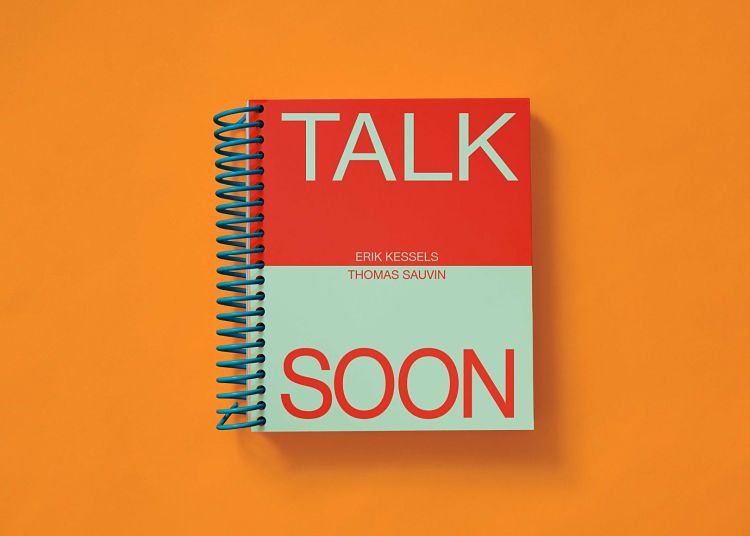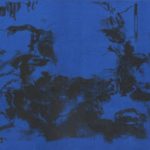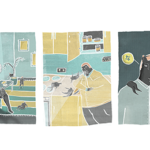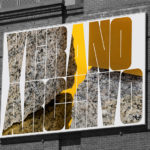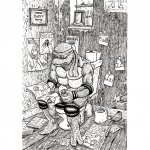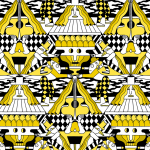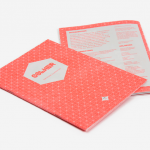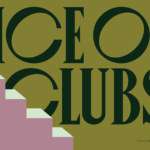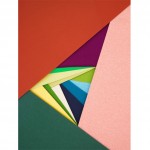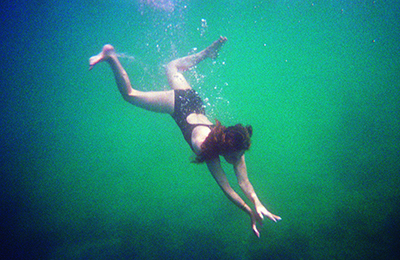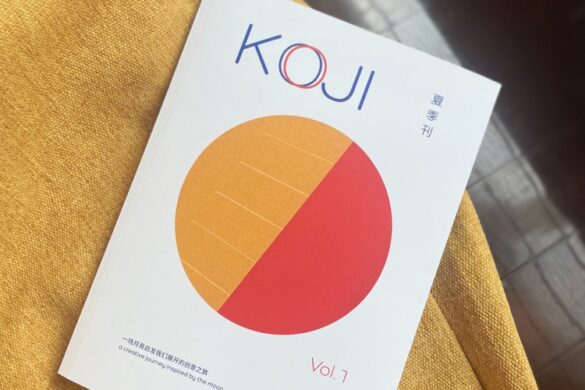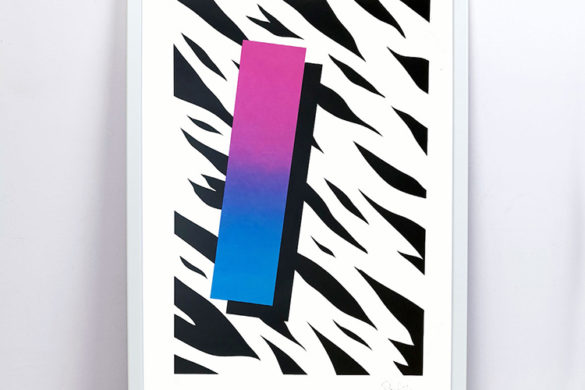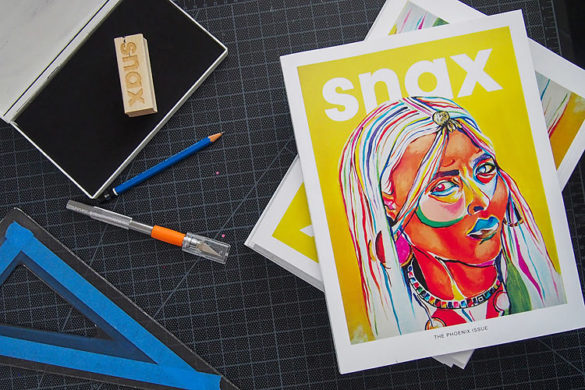During early lockdown, which is now pretty much exactly an entire year ago, many of us turned to a few things to get through the boring times: snacking, ultimately fleeting forays into things like “sourdough starters”.
We turned to Zoom (if we had the bandwidth that day) for a facsimile of real life colleagues; pub quizzes with participants running the gamut from terrifying competitive to possibly-having-a-nap; yoga classes where you don’t really have to try as hard if you get the camera angles right.
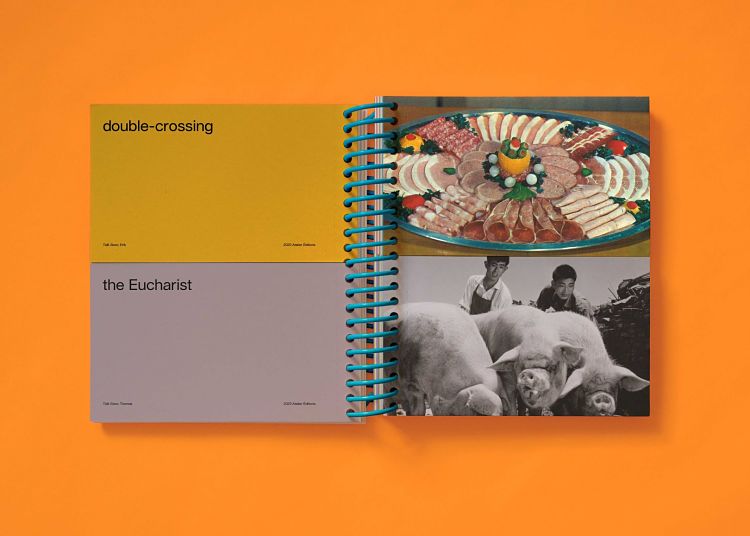 To eke out some sort of creative fulfilment in lockdown, Dutch artist, designer and curator Erik Kessels and French artist and collector Thomas Sauvin created a photography book with a twist. Titled Talk Soon, the book delineates a dialogue between the two, but one that’s entirely wordless.
To eke out some sort of creative fulfilment in lockdown, Dutch artist, designer and curator Erik Kessels and French artist and collector Thomas Sauvin created a photography book with a twist. Titled Talk Soon, the book delineates a dialogue between the two, but one that’s entirely wordless.
Created during quarantine in spring last year, Erik and Thomas sent one another uncaptioned archival photographs; culminating in a free-associative exchange of some 120 images. “At the very beginning of the lockdown early last year, I invited China-based Thomas Sauvin to start an image conversation with me,” Kessels told photography journal 1854.
“I would send him one image, he would answer with another one, and so on. We used no words. Two months later, we had a dialogue of 120 images. It’s a weird mixture of the east and the west, yet each image has a good reason to be there, as it answers the previous one.”
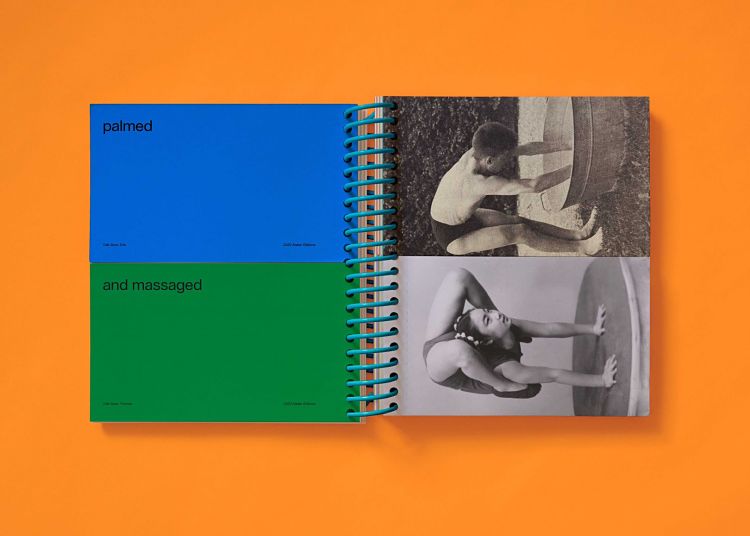
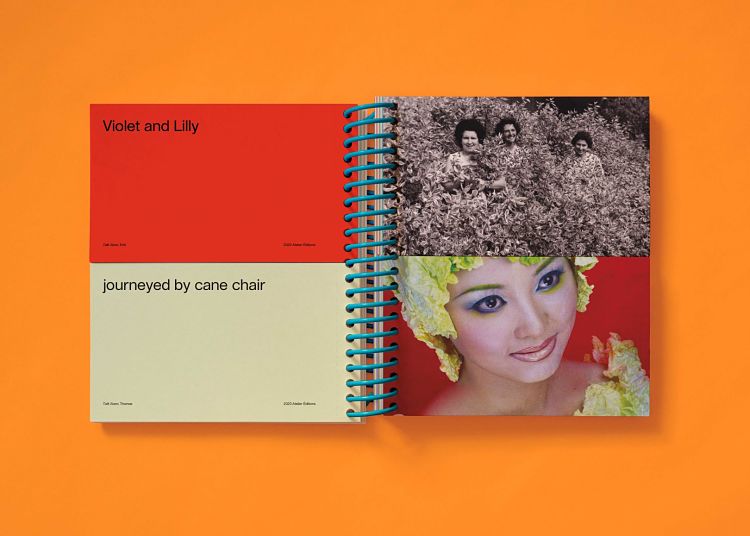 Once the images were in place, the book’s publisher, Atelier Éditions author Kingston Trinder then composed an “equally free-associative, alto-gether-whimsical narrative” with which to further entwine the photographs submitted by Kessels and Sauvin.
Once the images were in place, the book’s publisher, Atelier Éditions author Kingston Trinder then composed an “equally free-associative, alto-gether-whimsical narrative” with which to further entwine the photographs submitted by Kessels and Sauvin.
This idea of dialogue is underscored by the format of the book, which incorporates the readers into the conversation by using tearaway postcards which mean the images and be endlessly repositioned in various juxtapositions with one another. Equally, they can use the images as actual individual postcards, extending out this wordless chit-chat further afield by mailing them to others.
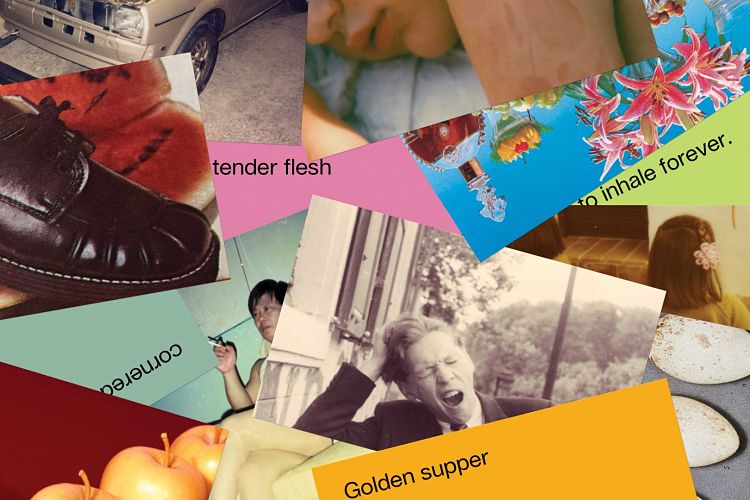 Sauvin is a French photography collector and editor who lives in Beijing, and has worked as a consultant for the UK-based . Since 2006 he has exclusively worked as a consultant for the UK-based Archive of Modern Conflict since 2006, collecting Chinese works from contemporary photography to period publications to anonymous photography. In 2009, he began the ongoing Beijing Silvermine project, accumulating more than 850,000 anonymous coloured negatives (as of December 2019 that would have otherwise been destroyed in a Beijing recycling zone. The images hail from a period of 20 years or so in post-socialist from 1985 (namely when photographic film started being used in China on a large scale) until around 2005, when digital photography was rapidly taking over the discipline.
Sauvin is a French photography collector and editor who lives in Beijing, and has worked as a consultant for the UK-based . Since 2006 he has exclusively worked as a consultant for the UK-based Archive of Modern Conflict since 2006, collecting Chinese works from contemporary photography to period publications to anonymous photography. In 2009, he began the ongoing Beijing Silvermine project, accumulating more than 850,000 anonymous coloured negatives (as of December 2019 that would have otherwise been destroyed in a Beijing recycling zone. The images hail from a period of 20 years or so in post-socialist from 1985 (namely when photographic film started being used in China on a large scale) until around 2005, when digital photography was rapidly taking over the discipline.
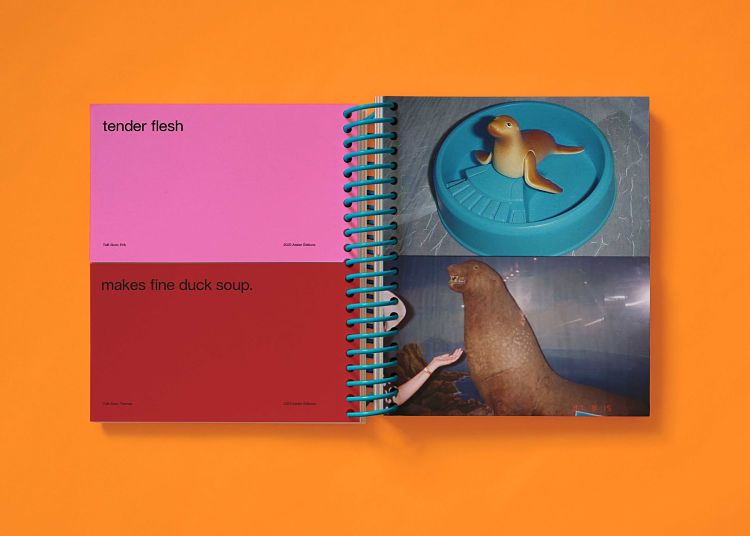
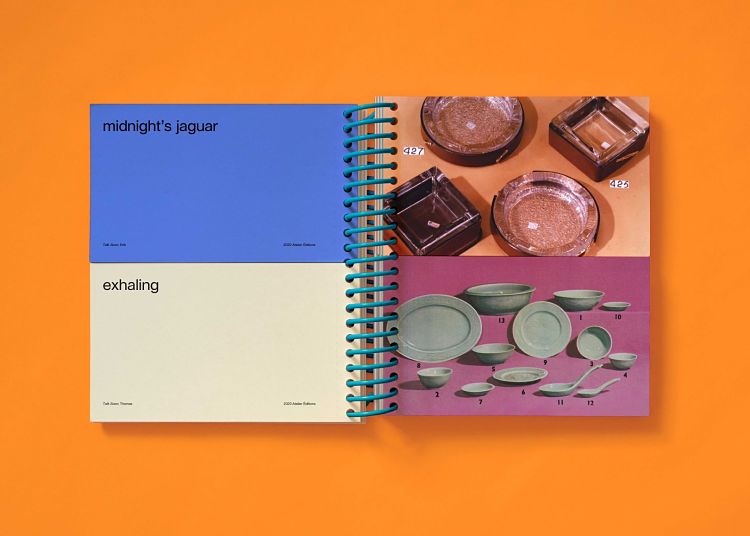 Kessels, founder of ad agency KessselsKramer and now an artist and curator to boot, shares this fascination with vernacular found and archive imagery. Namely, his work explores how the curation and grouping of such imagery and its presentation can create more Surreal narratives that remove it from its original intention. This is perhaps most neatly summarised in his In Almost Every Picture book series, which began in 2001 and covers “novel size”, image-led books that Kessels wants people to “read by looking at the photographs”, and to end with a short text.
Kessels, founder of ad agency KessselsKramer and now an artist and curator to boot, shares this fascination with vernacular found and archive imagery. Namely, his work explores how the curation and grouping of such imagery and its presentation can create more Surreal narratives that remove it from its original intention. This is perhaps most neatly summarised in his In Almost Every Picture book series, which began in 2001 and covers “novel size”, image-led books that Kessels wants people to “read by looking at the photographs”, and to end with a short text.
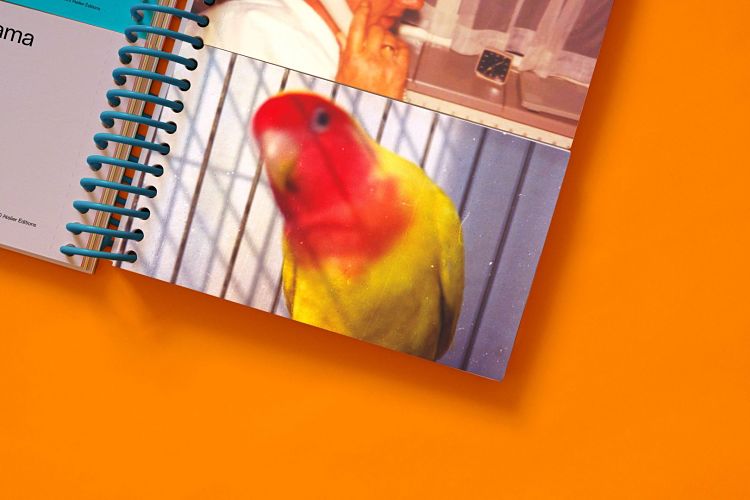 Previous editions have focused on Oolong, a Japanese rabbit with an unusually flat head, all the better for balancing things like waffles, toilet roll etc. on; a woman who collected and documented all of her passport photographs over some sixty years; and a series of images delineating one family’s failure to photograph their little black dog. All the books in the series present found photography, celebrating the vernacular style and the fact that how images are read, and how they manifest, can transform significantly with time and circumstance. “For me it is important to take the photographs from their original context and show them again in a new one,” says Kessels. “People start to re-look at these images in a new way.”
Previous editions have focused on Oolong, a Japanese rabbit with an unusually flat head, all the better for balancing things like waffles, toilet roll etc. on; a woman who collected and documented all of her passport photographs over some sixty years; and a series of images delineating one family’s failure to photograph their little black dog. All the books in the series present found photography, celebrating the vernacular style and the fact that how images are read, and how they manifest, can transform significantly with time and circumstance. “For me it is important to take the photographs from their original context and show them again in a new one,” says Kessels. “People start to re-look at these images in a new way.”
You might like...
- Autobahn - November 26, 2021
- Alphabetical - November 12, 2021
- SOFA Universe - November 8, 2021

